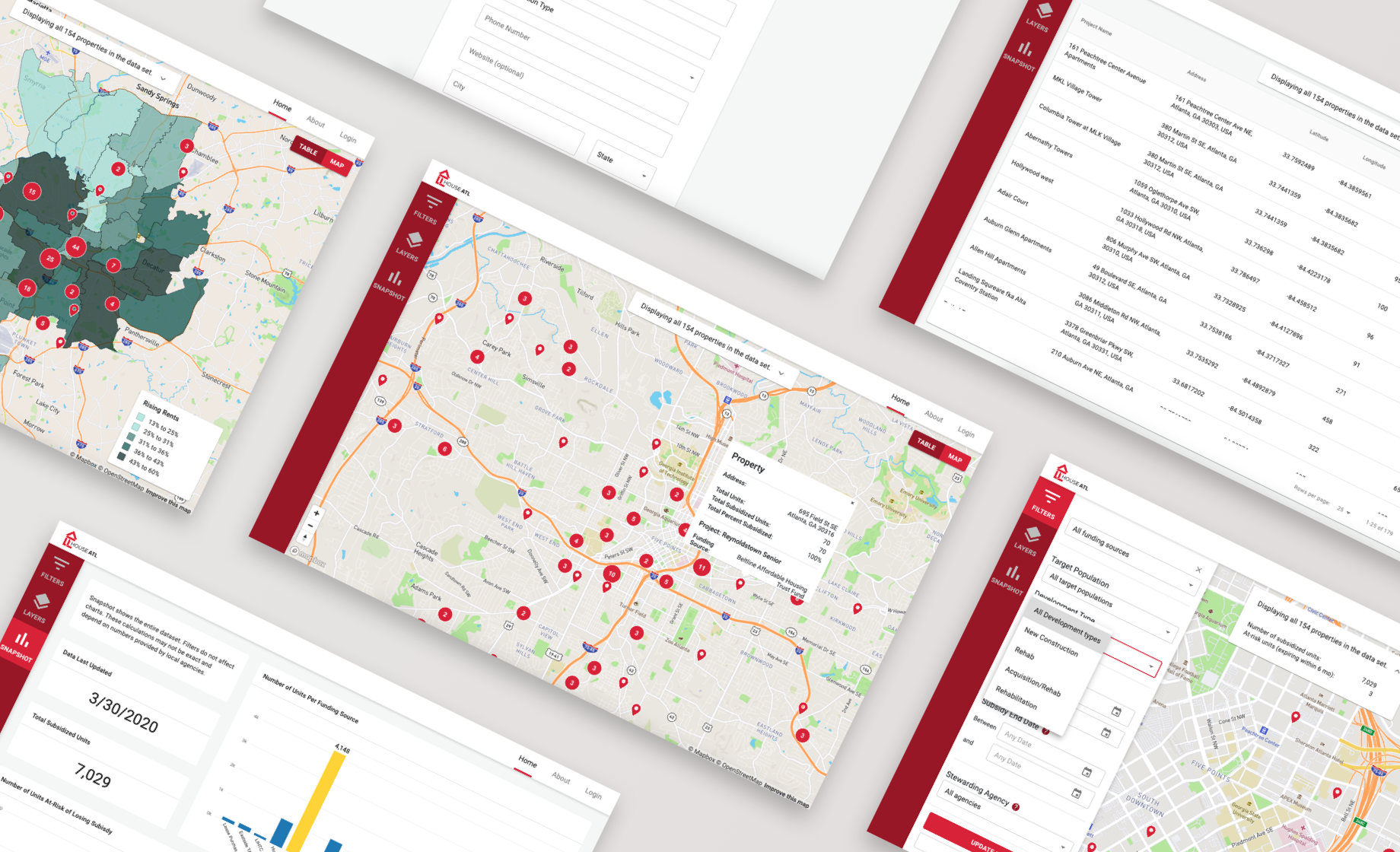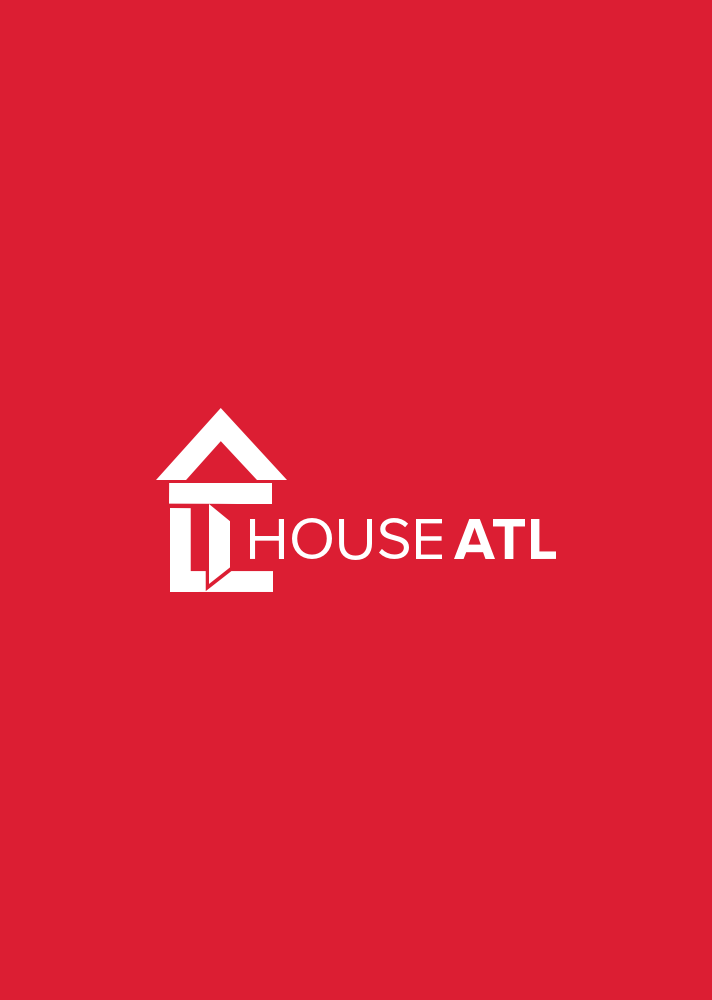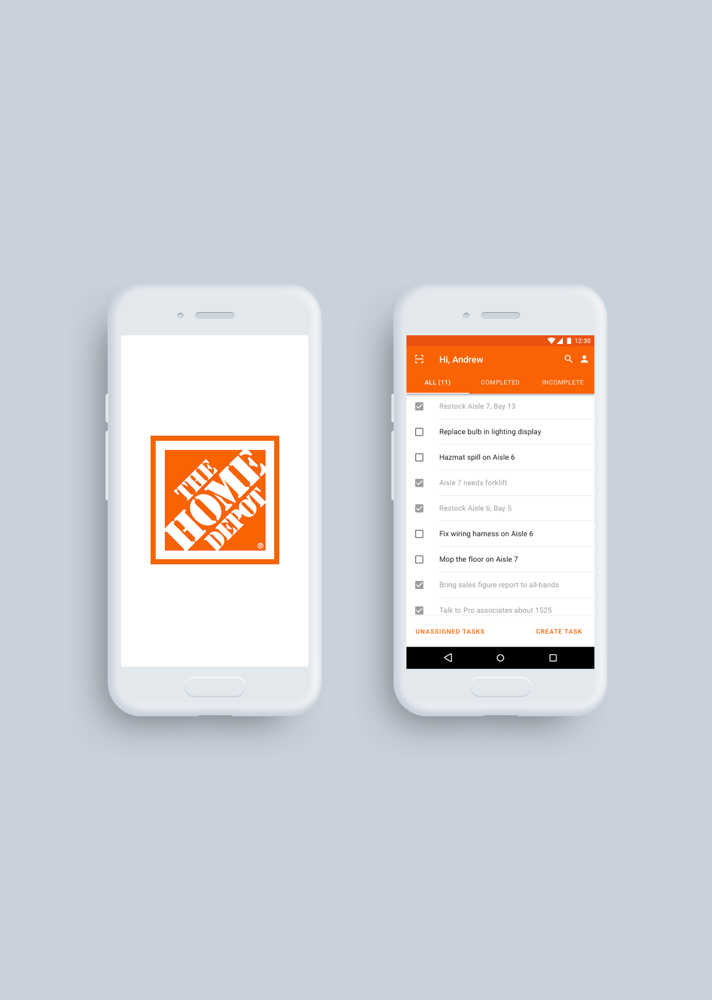Project Purposes & Goals
The goal of the web portal was to create a platform that allows civic leaders and housing agencies to gain an overview of the state of subsidized housing as well as update, retrieve, and manipulate the data to observe patterns and make informed decisions.
Some of the tasks include:
- Understanding geospatial layout of the data
- Observing data clusters in relation to other geographic and zoning indicators
- Filtering and sorting the data by key metrics to observe trends
- Viewing a snapshot of how much data is being contributed by different agencies
- Uploading additional data sets based on newly established guidelines
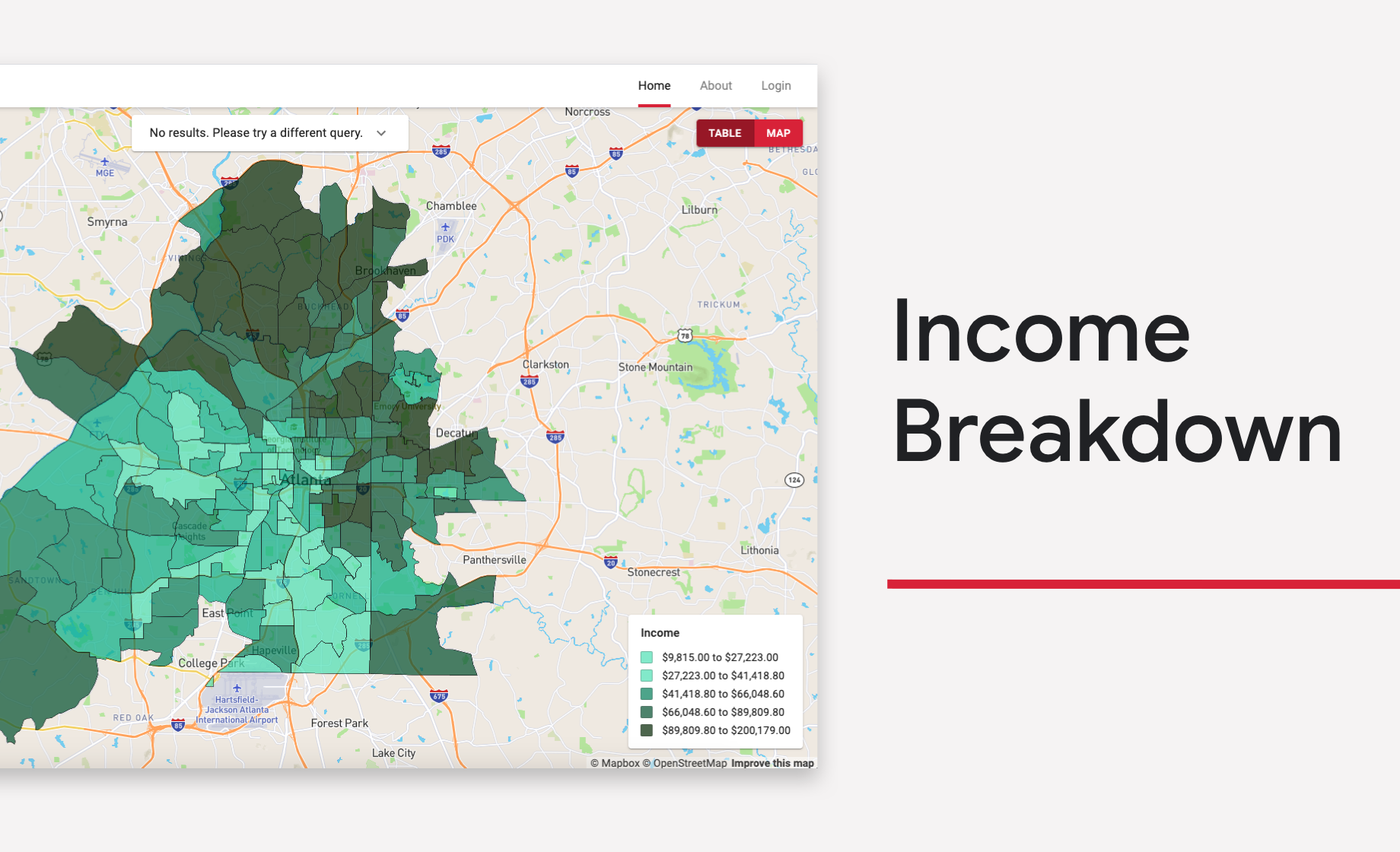
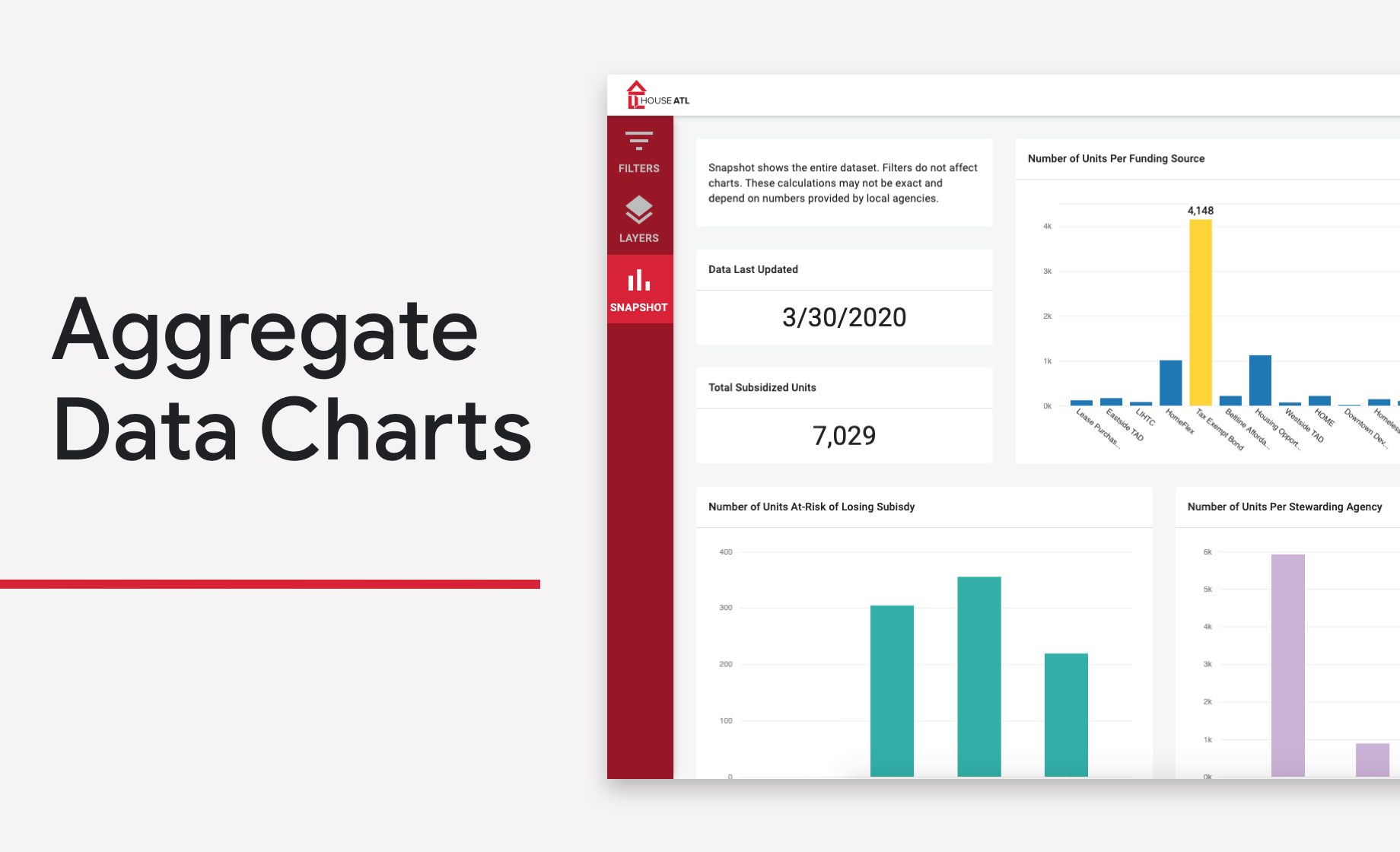
Web Stack Explanation
React made the most sense for a state-driven application like this. Its component-based nature and reactive updates to state changes made updating and maintaining the code base much easier.
Using Redux allowed for not having to pass state through components and instead maintaining an overall application state. Additionally, the integration of middleware like Redux Thunk allowed for managing state changes asynchronously during API calls.
Additional libraries used include D3.js for building and dynamically updating charts in the snapshot view, as well as Material-UI for providing Material Design styled UI elements.
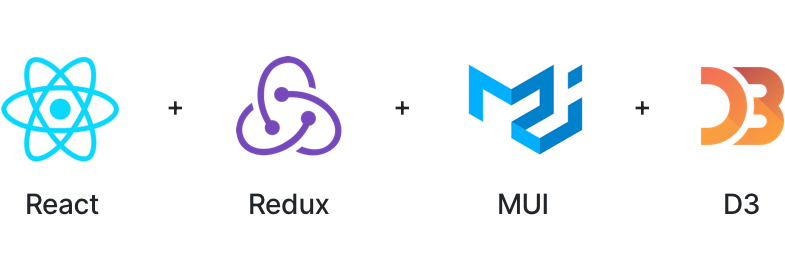
Lessons Learned
For this project I got to work closely with stakeholders, the lead designer, and the backend team to bring this product to life. Along the way, I learned how to collaboratively solve problems and the importance of having open communication with other teams to meet requirements on time.
This project also provided a great opportunity to hone my skills building a larger scale application from scratch. I learned how to adapt quickly to requirement changes by organizing and writing more modular code. This helped soften the impact of making big architectural or user-flow related changes during the development process, and ultimately cut down on development time.
